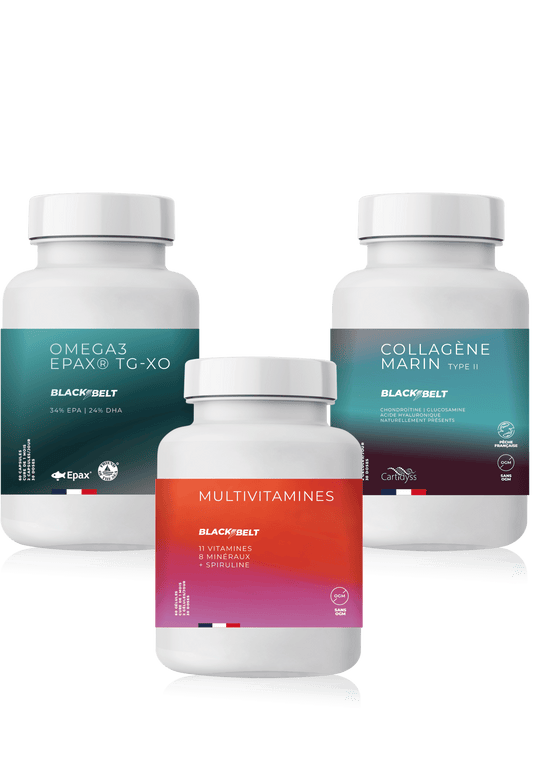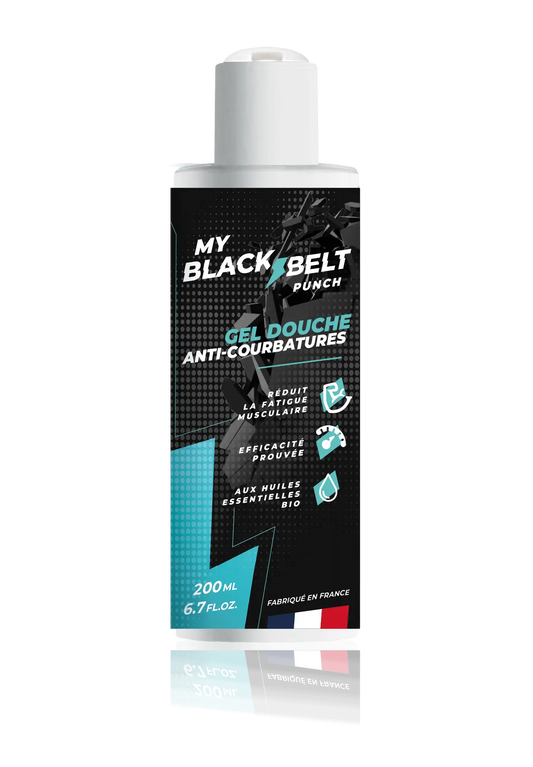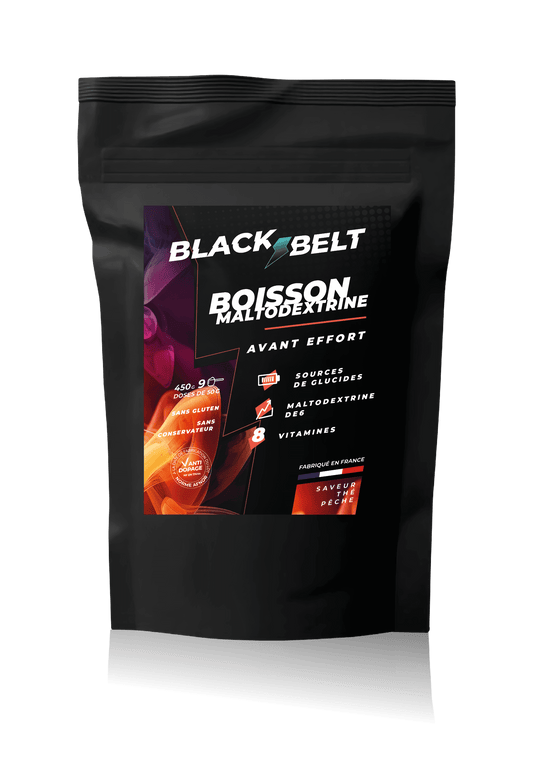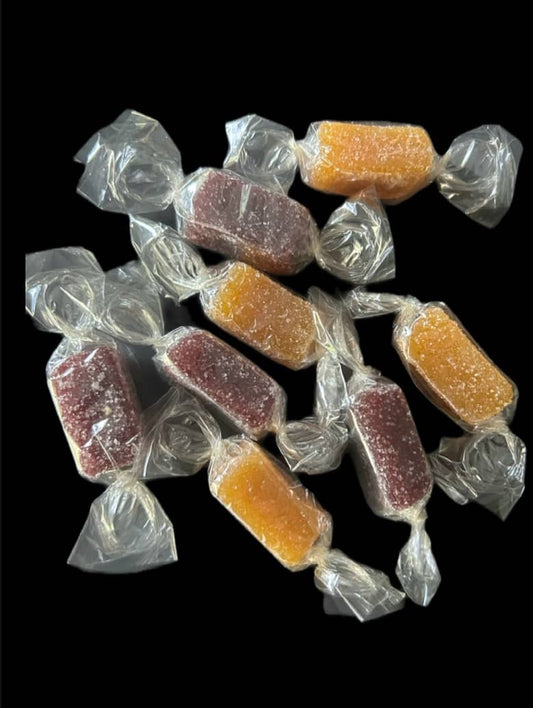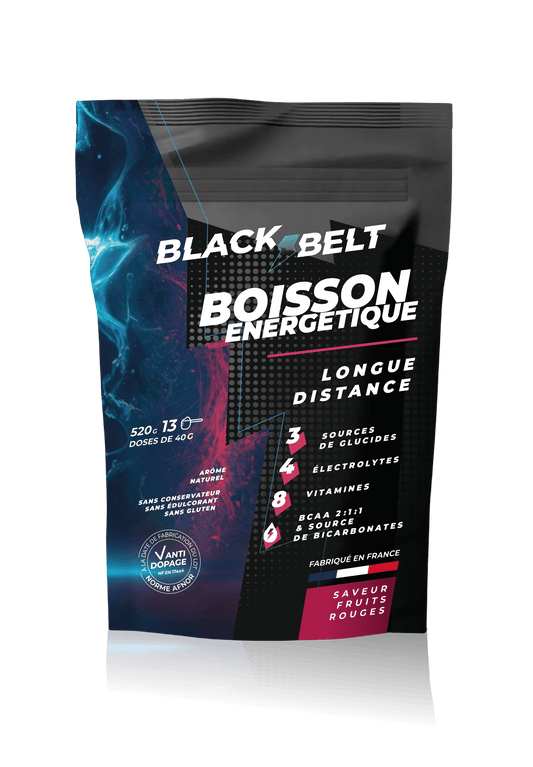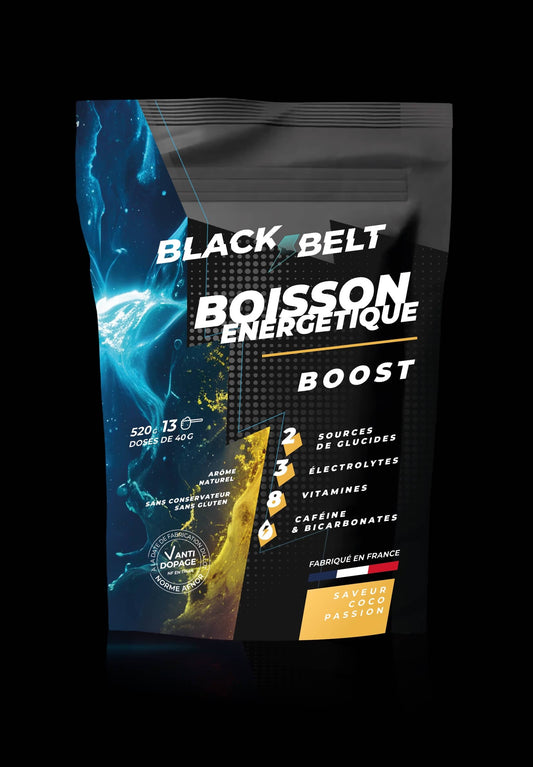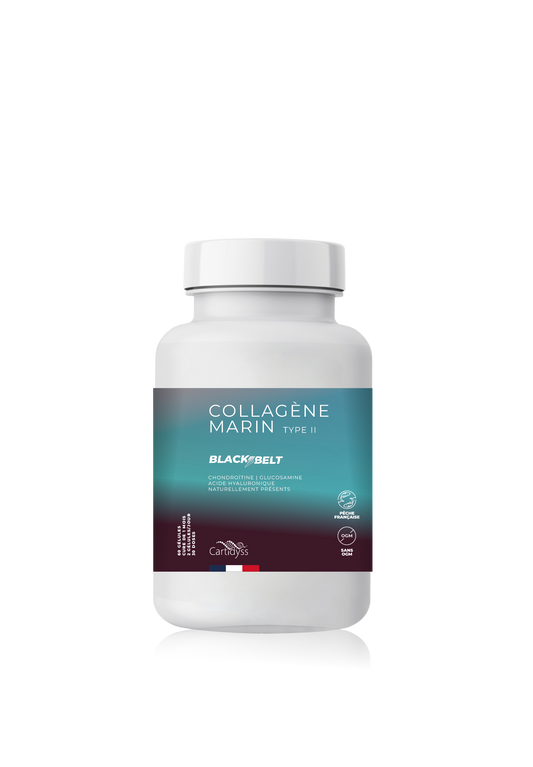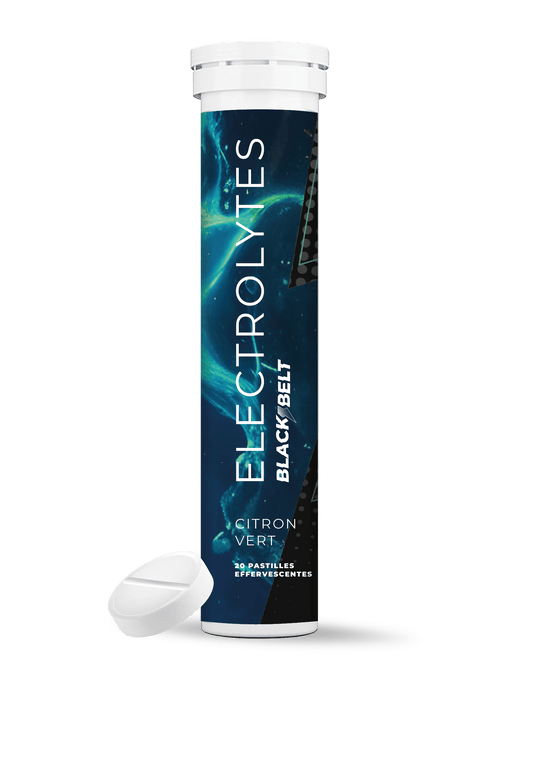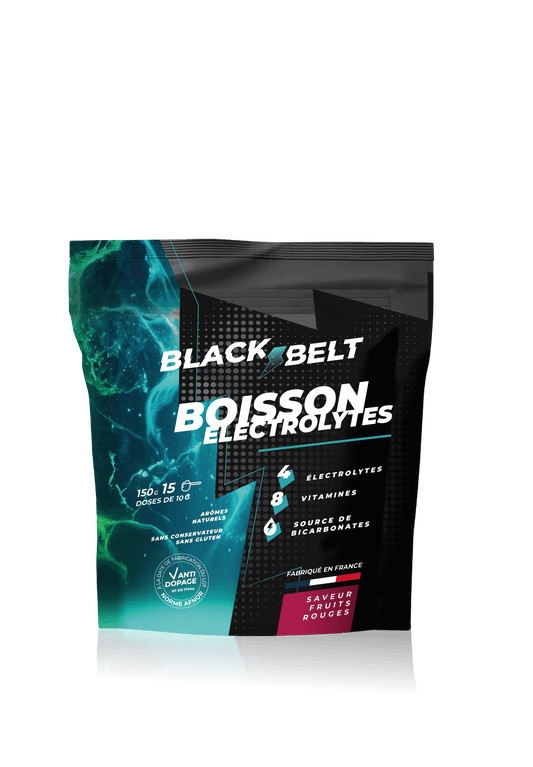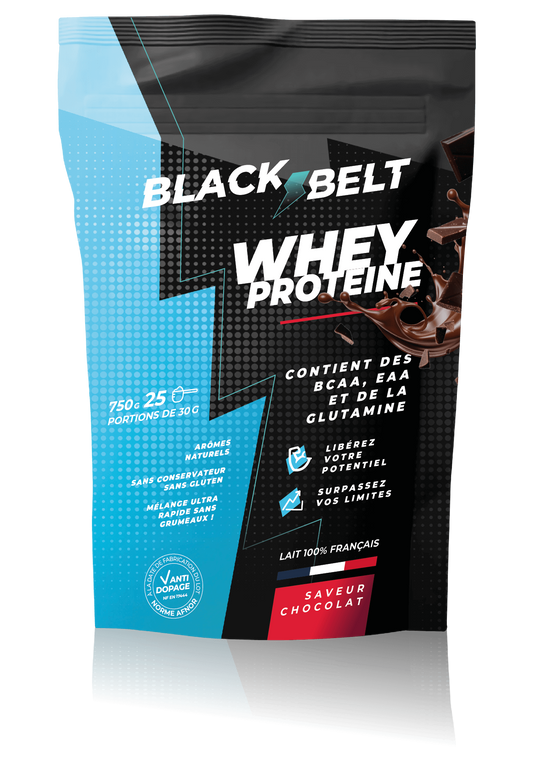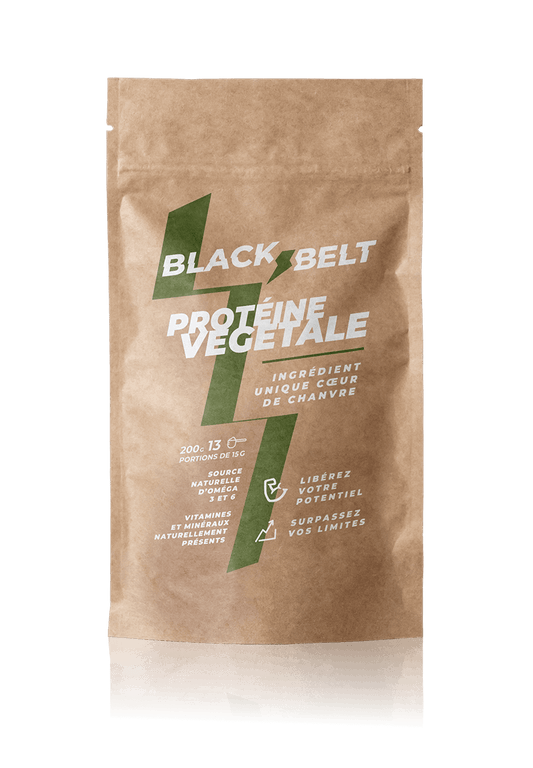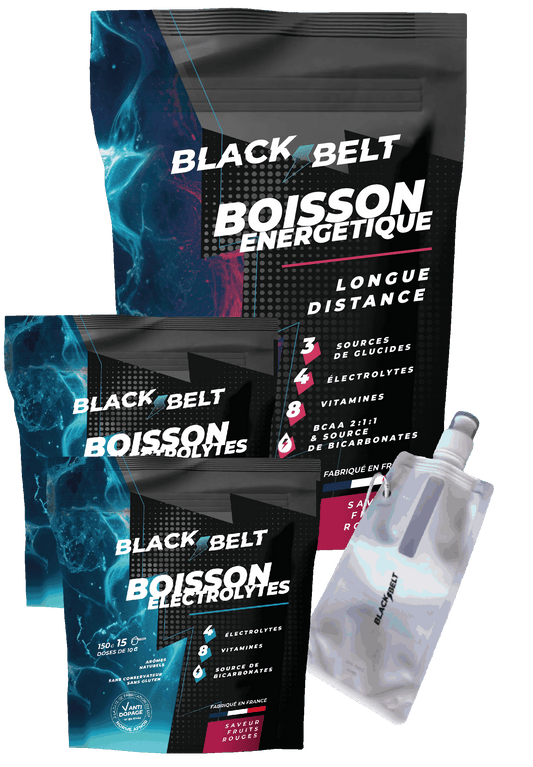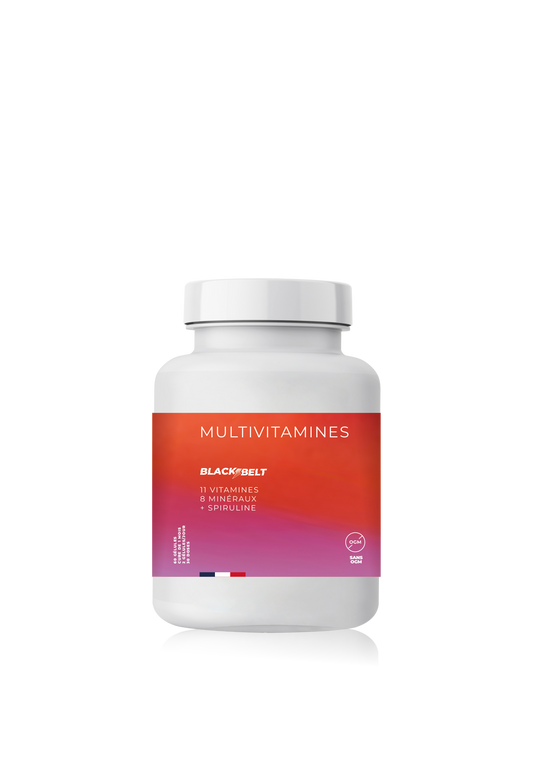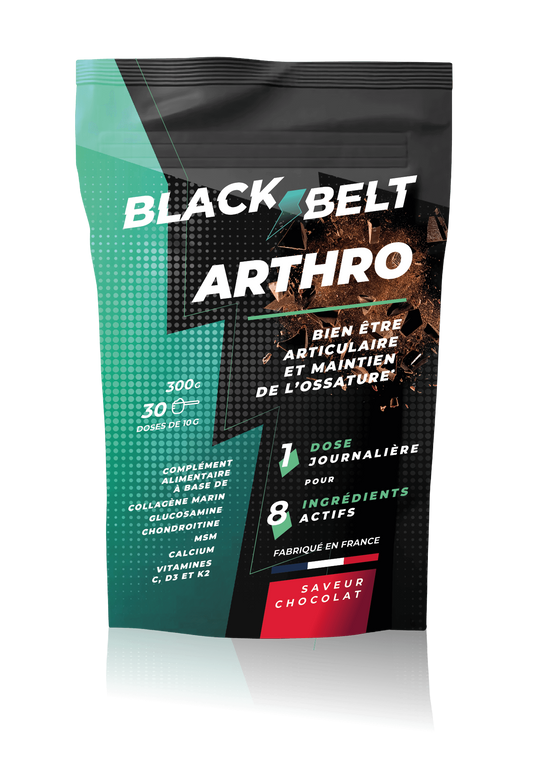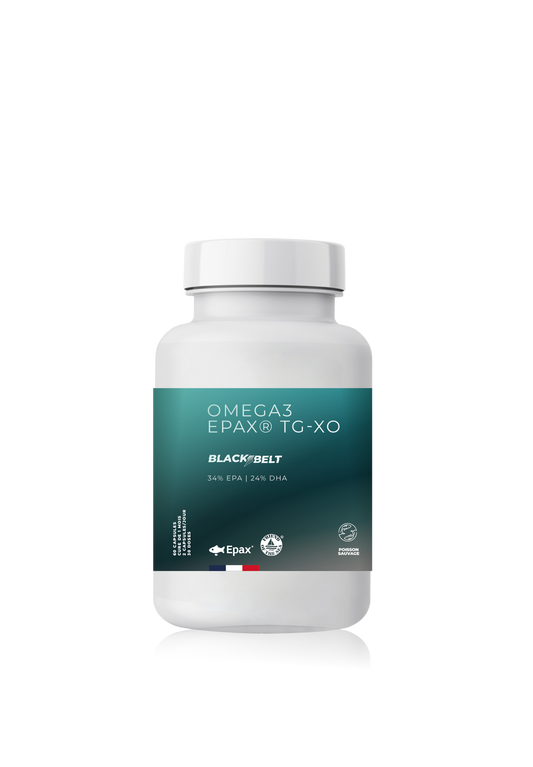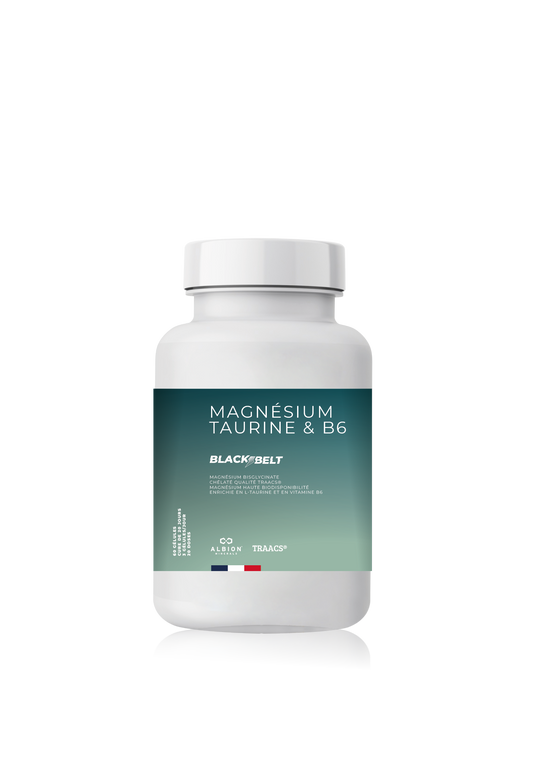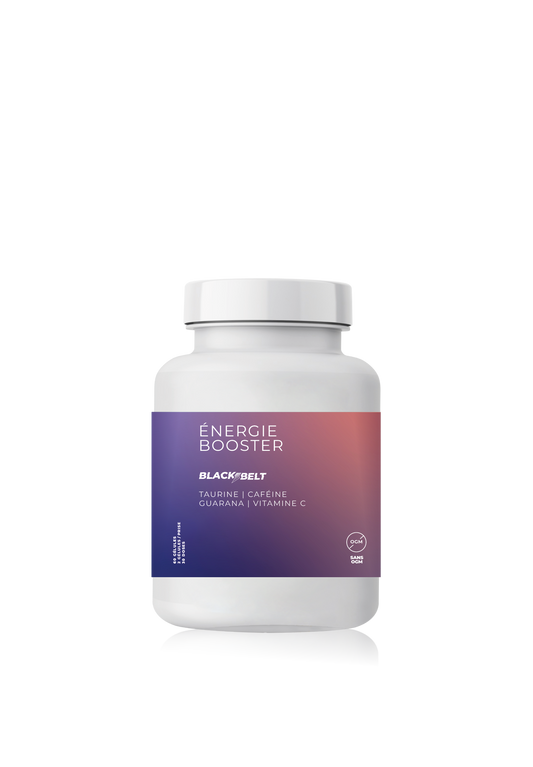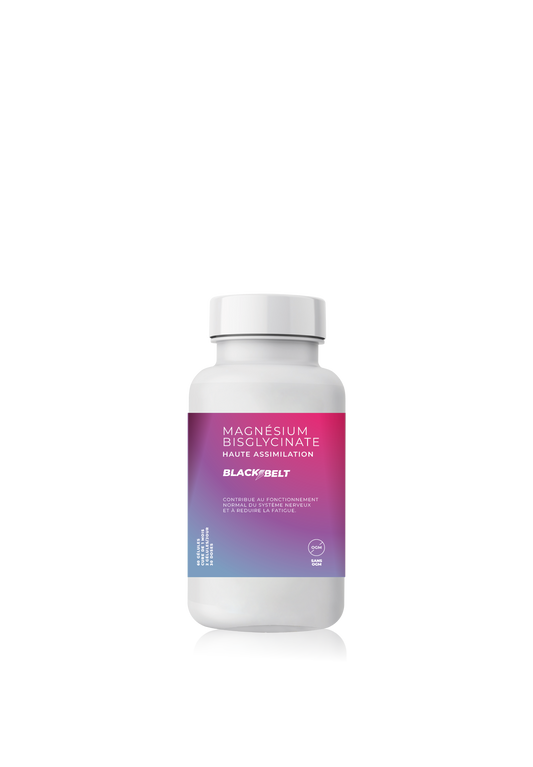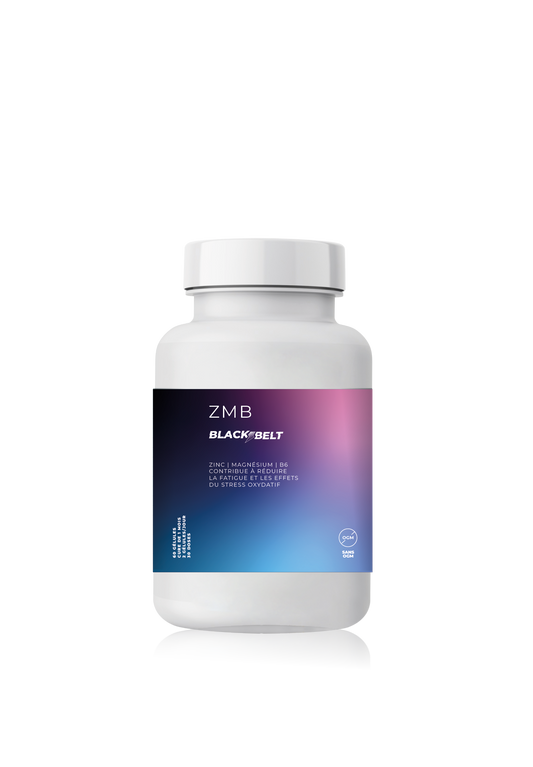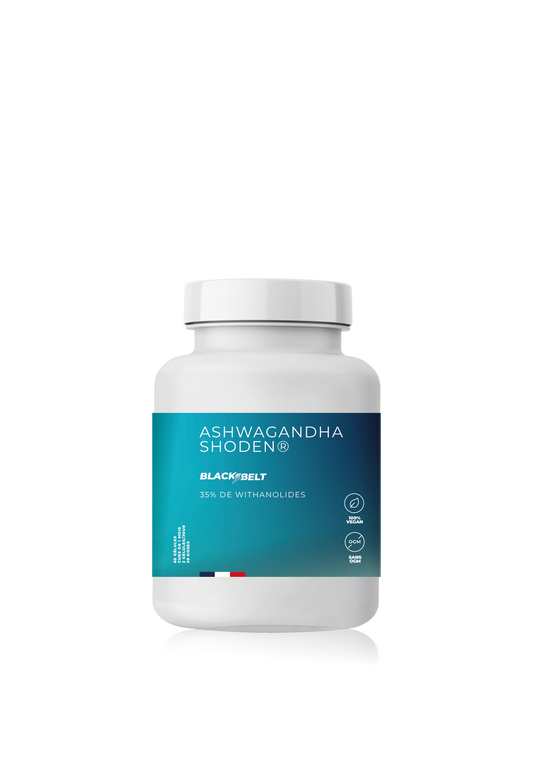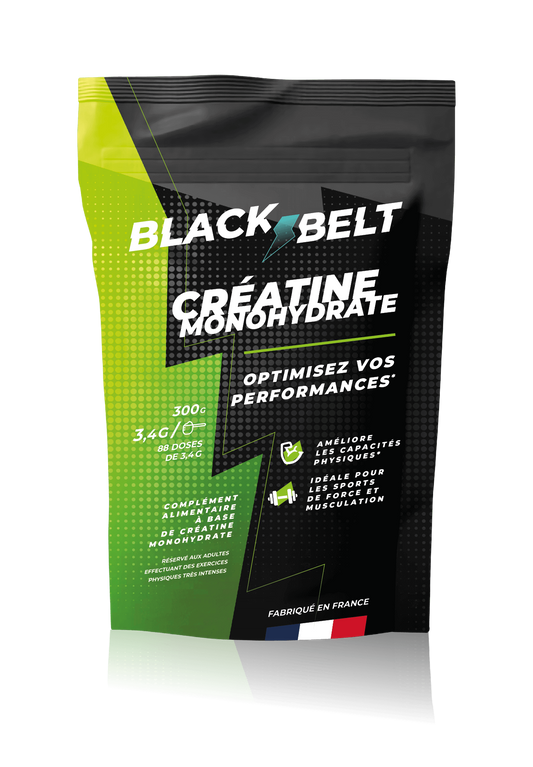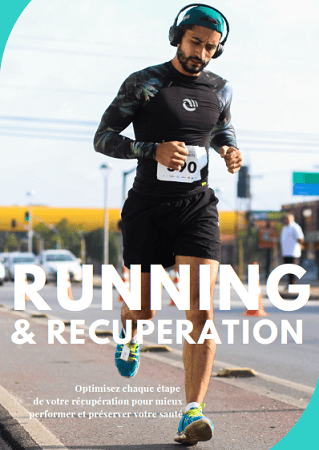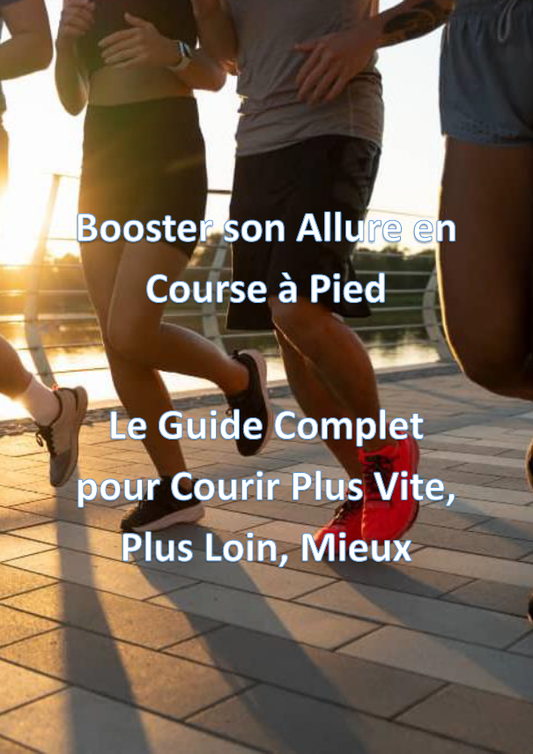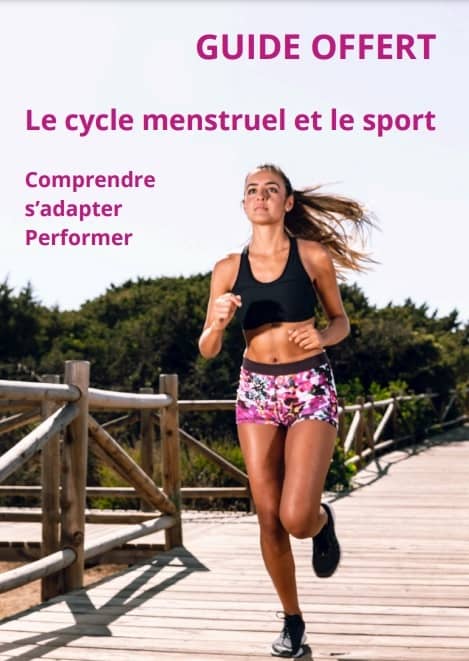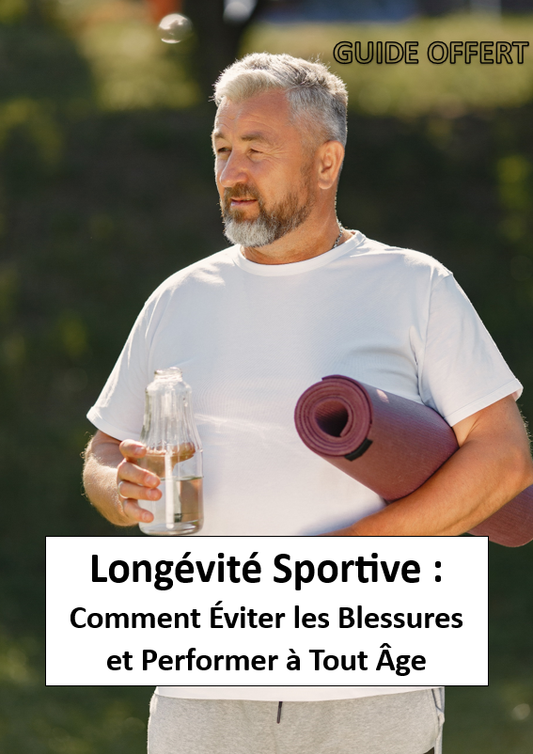Energy efficiency in endurance: optimize your performance
Energy efficiency is a key factor in endurance training. Whether you're a runner, cyclist, or swimmer, learning to better use your energy will allow you to go faster, further, and with less fatigue. Discover how to improve your energy efficiency and optimize your effort to maximize your performance.

What is energy efficiency in endurance?
Energy efficiency refers to an athlete's ability to use a minimum amount of energy for a given speed or power. The more efficient an athlete is, the more they reduce their energy expenditure for the same effort. This concept is essential in endurance sports such as running, cycling, and swimming.
Improving energy efficiency involves several factors:
• Better technique (posture, stride, cadence, position on the bike, etc.)
• Optimization of energy metabolism (better use of carbohydrates and lipids)
• Effective management of effort and mental strength

Why improve your energy efficiency?
Improving energy efficiency offers several advantages:
1. Run, cycle or swim longer
An efficient athlete consumes less energy for the same intensity of effort, which allows him to last longer without depleting his reserves.
2. Maintain a higher speed
With equal energy expenditure, better efficiency makes it possible to increase average speed over long distances.
3. Avoid premature fatigue
Less energy wasted means less muscular and mental fatigue, which is essential for long events such as marathons, cyclosportives or triathlons.
4. Better manage your supplies
An efficient athlete optimizes their use of carbohydrates and lipids, which reduces the need for refueling and reduces the risk of hunger or exhaustion.
How to improve your energy efficiency?
1. Work on your technique
• When running: improve your stride, avoid unnecessary bounces, adopt an optimal pace (170-180 steps per minute).
• In cycling: optimize your pedaling cadence (around 85-95 RPM), adopt an efficient aerodynamic position.
• In swimming: work on gliding, reduce unnecessary resistance and improve the efficiency of kicks and arm movements.
2. Improve your running economy
• Integrate PPG (general physical preparation) sessions to strengthen postural and stabilizing muscles.
• Practice hill work to gain power without increasing your energy consumption.
• Use basic endurance training to improve the use of fat as an energy source.
3. Optimize your diet and hydration
• Maintain good hydration to avoid dehydration, which impairs muscle efficiency.
• Adapt your carbohydrate and lipid intake according to the intensity of the effort.
• Discover Black Belt Nutrition products for optimized refueling
4. Manage your effort intelligently
• Use a race strategy simulator to plan your pace and avoid starting too quickly.
• Use your heart rate and variability to optimize your exercise intensity.
• Test different effort strategies on long outings to identify the best balance between speed and energy saving.

Improve your energy efficiency with the Black Belt range
Energy efficiency also depends on proper recovery. After exercise, the body must replenish its reserves to progress. Discover our post-workout shower gel, specially formulated to soothe tired muscles and promote better recovery after an intense workout.
Discover our Black Belt range here
Conclusion: Become more efficient by consuming less energy
Energy efficiency is a powerful tool for improving endurance. By improving your technique, training, and nutrition, you can better utilize your energy and push your limits. Test our tools and products to optimize your performance and reach your goals more easily.
-
Pack: Health Essentials
Regular price From €64,90Regular priceUnit price / per€69,70Sale price From €64,90Sale -
BlackBelt Punch - Shower Treatment
Regular price From €15,90Regular priceUnit price / per€15,90Sale price From €15,90 -
Maltodextrine DE6 avant course
Regular price €16,90Regular priceUnit price / per -
Pâtes de Fruits Énergétiques
Regular price €12,90Regular priceUnit price / per€12,90Sale price €12,90 -
Long Distance Energy Drink
Regular price €26,90Regular priceUnit price / per€26,90Sale price €26,90 -
Boisson Énergétique BOOST
Regular price €26,90Regular priceUnit price / per€26,90Sale price €26,90 -
Collagène Marin Français Cartidyss® Type II
Regular price From €29,90Regular priceUnit price / per€29,90Sale price From €29,90 -
Pastilles d'Electrolytes
Regular price From €9,90Regular priceUnit price / per€9,90Sale price From €9,90 -
Electrolyte Drink
Regular price €14,90Regular priceUnit price / per€14,90Sale price €14,90 -
Blackbelt Whey Protein - Flavor of your choice
Regular price €32,90Regular priceUnit price / per -
Protéine Végétale
Regular price €12,90Regular priceUnit price / per€12,90Sale price €12,90 -
Pack hydratation - Longue distance
Regular price €54,90Regular priceUnit price / per€59,80Sale price €54,90Sale -
Multivitamins 11 Vitamins + 8 Minerals + Spirulina
Regular price €19,90Regular priceUnit price / per€19,90Sale price €19,90 -
BlackBelt Arthro - Joint & Bone Care - Chocolate Flavor
Regular price €39,90Regular priceUnit price / per€39,90Sale price €39,90 -
Omega 3 Epax®
Regular price From €19,90Regular priceUnit price / per€19,90Sale price From €19,90 -
Magnesium + Taurine + B6 Complex
Regular price €18,90Regular priceUnit price / per€18,90Sale price €18,90 -
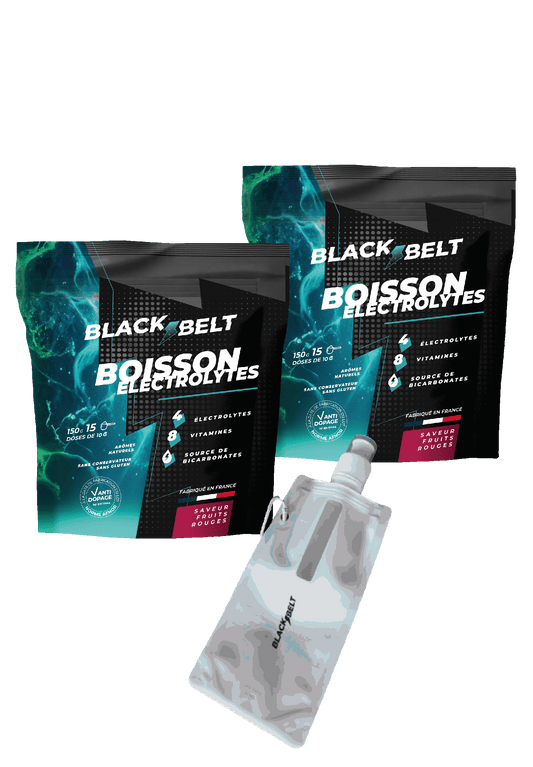 Sale
SalePack Hydratation
Regular price €29,80Regular priceUnit price / per€34,70Sale price €29,80Sale -
Energy Booster Capsules - Pre Workout
Regular price €19,90Regular priceUnit price / per€19,90Sale price €19,90 -
Highly Absorbable Magnesium
Regular price €14,90Regular priceUnit price / per€14,90Sale price €14,90 -
Ashwagandha Shoden®
Regular price €19,90Regular priceUnit price / per€19,90Sale price €19,90 -
Blackbelt Creatine Monohydrate
Regular price €17,90Regular priceUnit price / per€29,90Sale price €17,90Sale -
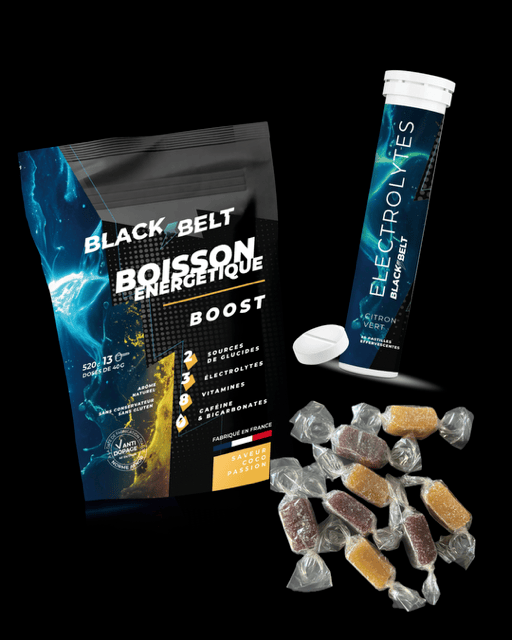 Sale
SalePack Semi-Marathon
Regular price €44,90Regular priceUnit price / per€47,90Sale price €44,90Sale -
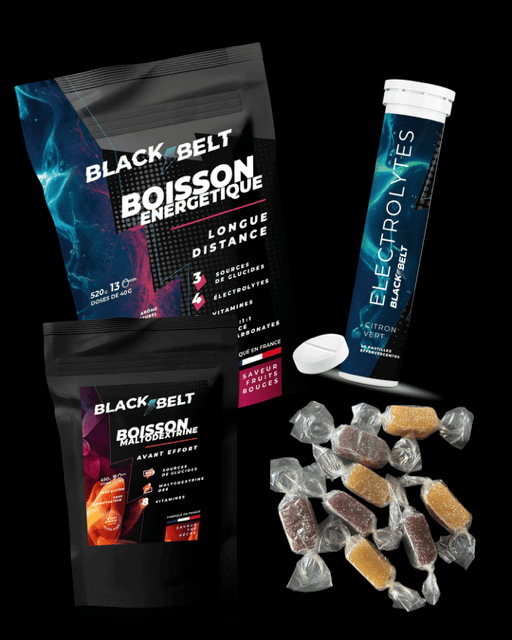 Sale
SalePack Marathon
Regular price €59,90Sale price €59,90Unit price / perSale -
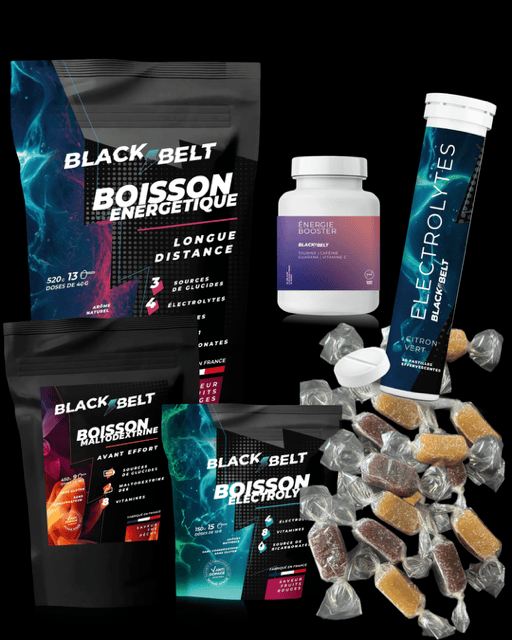 Sale
SalePack Ultra-Trail
Regular price From €99,90Regular priceUnit price / per€110,30Sale price From €99,90Sale
Comparateur d'Efficience Énergétique
Allure moyenne : - min/km
Dépense énergétique : - kcal
Efficience énergétique : - kcal/km
More than 25 free tools in my toolbox
Subscribe to our emails
-
FREE Guide: Running & Recovery
Regular price €0,00Regular priceUnit price / per -
Booster son allure en course à pied
Regular price €0,00Regular priceUnit price / per -
FREE Guide: Healthy Gourmet Recipes
Regular price €0,00Regular priceUnit price / per -
FREE Guide: The Menstrual Cycle and Sport
Regular price €0,00Regular priceUnit price / per -
Santé Mentale : Comment Gérer la Pression et les Comparaisons
Regular price €7,99Regular priceUnit price / per -
FREE Guide: Avoid Injuries and Perform at Any Age
Regular price €0,00Regular priceUnit price / per -
Ebook: The keys to flexibility
Regular price €8,99Regular priceUnit price / per

